Water and Health
February 26th, 2019 by Darlene McCallum | | Posted in Field Updates
I don’t know about you, but my mornings usually go something like this: wake up, hop in the shower, brush teeth, get dressed, make coffee, drink coffee, love the coffee, have some quiet time, load the dishwasher, head to work.
All of this happens quickly, routinely, and certainly without consideration for either where my water will come from, or whether or not my water could make me and my family sick. It’s stunning to consider that this is not at all the case for much of the world, and is especially not the case in India.
According to a report by WaterAid, India has the highest number of people without access to clean water in the world. This means that multiple times a day, millions of Indians, mostly women, must walk at least a mile in order to find a source of clean water.
This is known as “at least basic water”, defined by the World Health Organization as “an improved water source located within a round trip of 30 minutes”. Beyond that, 163,000,000 people do not have access to at least basic water. The World Health Organization describes this as “limited services”, meaning that one trip to collect clean water takes more than 30 minutes round trip. Other people, living in remote areas, are fetching unimproved water from dirty wells, or drinking polluted surface water. It is estimated that those who do not have “safely managed” water (clean, on premises) make up to six trips a day to supply their families with sufficient water.

Lack of access to clean water impacts people in wide and varied ways. Today, I want to show you how a water crisis converts to a health crisis so that you can picture some of the effects on our friends in India.
- 21% of communicable diseases in India are caused by unsanitary water supplies. Preventable health risks such as cholera, diarrhea, dysentery, hepatitis A, typhoid, and polio are all spread and exacerbated by unsanitary water.
- Women, the primary collectors of water, have particular health risks because of their frequent contact with contaminated water. In addition to the preventable diseases mentioned above, women contract trachoma, a disease which causes blindness, and leptospirosis, a bacterial infection which is transmitted by water polluted with animal urine.
- 500 Indian children under the age of 5 die each day from diarrhea, almost exclusively linked to dirty water.
- While India faces a critical situation because of water contaminated with human and animal waste, much water is also polluted by agricultural chemicals, and this pollution contributes to increased incidence of cancer and low birth weight among rural populations.
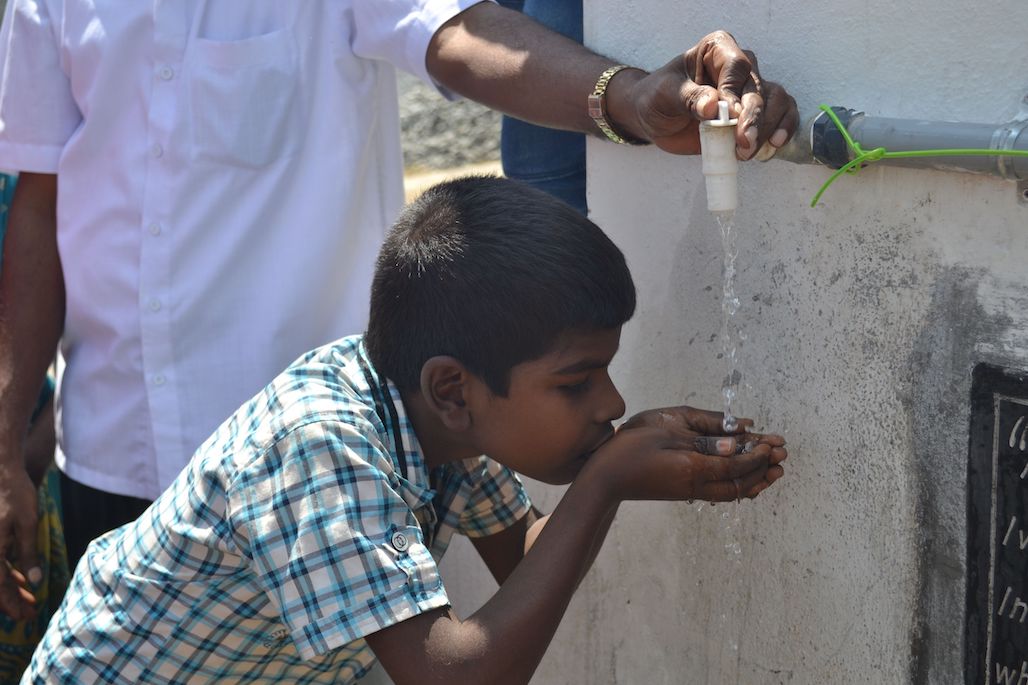
As we approach World Water Day on March 22, I want to be more mindful of the privilege I have of running to the sink for a quick glass of clean water. Perhaps you’ll join me in praying for our friends in India and around the world who do not have such access. Maybe we can do this every time we fill a glass!
Keep an eye out for my next posts, where we’ll take a look at how the water crisis in India affects women, and finally, how you can get involved with providing on-site wells in our villages!
Sources
Ways you can help
-
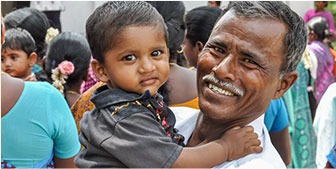
Sponsor a Child
-
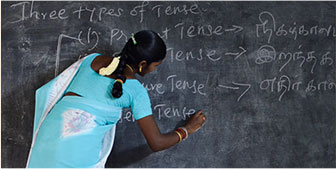
Write To Child
-
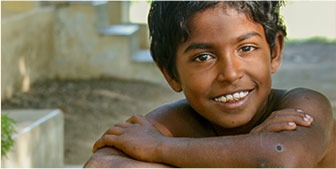
Special Gift To Child
-
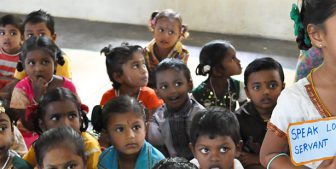
Unsponsored Children
Ways you can help
-

Sponsor A Nurse
-
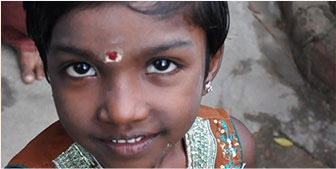
Surgeries
-
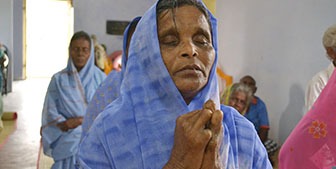
Leprosy Care
-

Medical Camps
Ways you can help
-
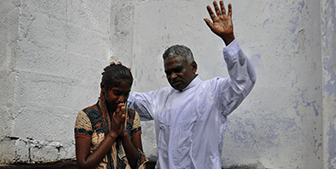
Pastor Sponsorship
-
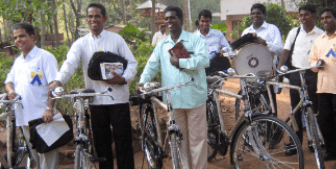
Bicycle
-

Discipleship Material
-
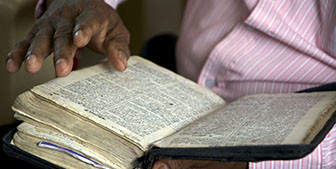
Bible Student Sponsorship
Ways you can help
-
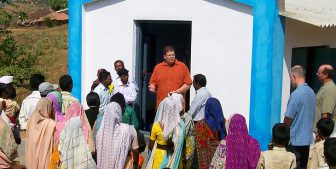
Micro-Loans
-

Housing For Leprosy Victim
-

Clean Water
-
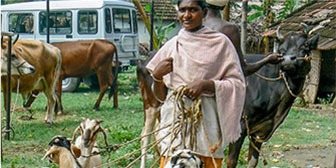
Nutritious Meals
Ways you can help
-
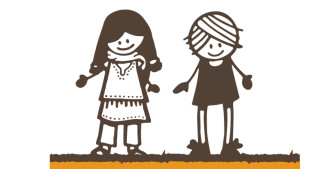
Order CGC Kits
-
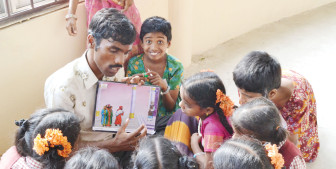
Send a Child to a CGC
Ways you can help
-
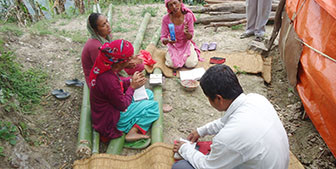
Pastor and Family
-
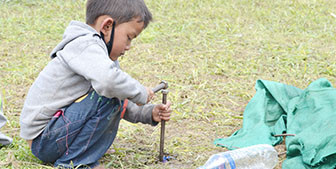
Child Care
-
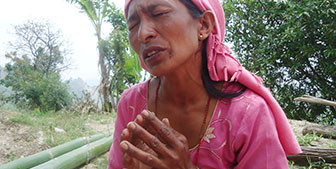
Grief Counseling and Prayer Gathering
-
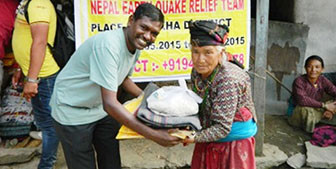
Care Package
Ways you can help
-
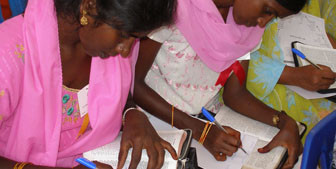
Bible Student Sponsorship
-
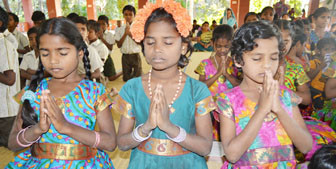
Sign up for eNews
-
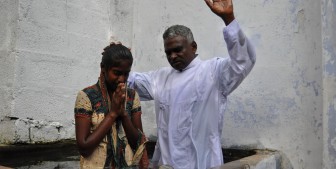
Barefoot Pastor Sponsorship
-

Send a Child to a CGC
Ways you can help
-
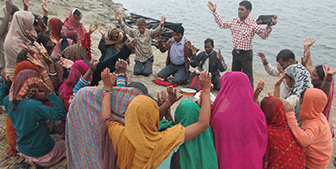
Order Copies
-

Pastor Sponsorship
-
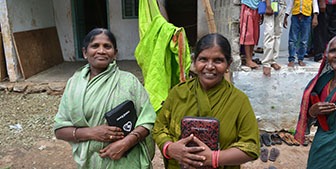
Training Material
-

Equip Pastors